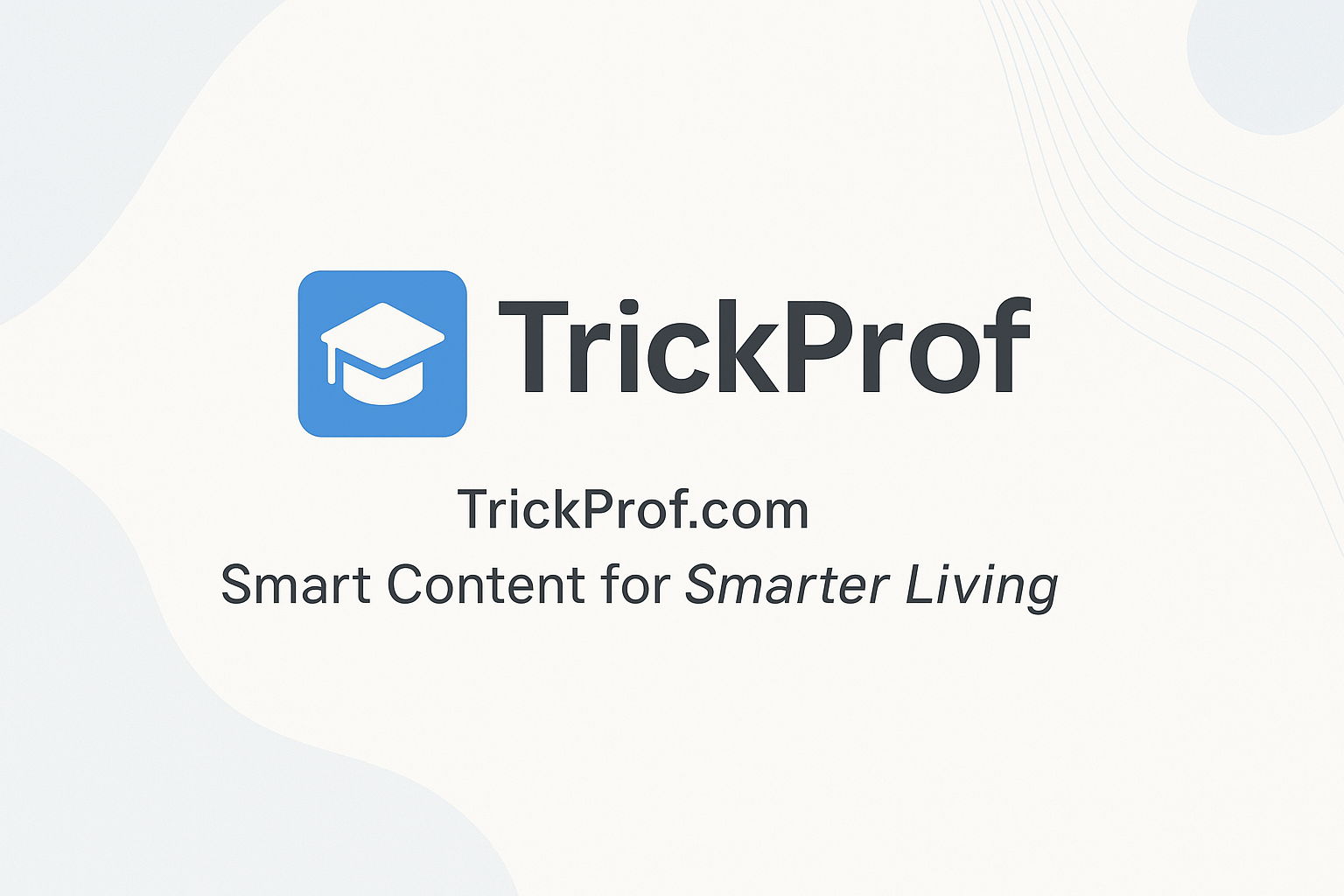7 Advanced Tricks to Optimize Website Performance in 2025

In 2025, a fast website isn’t optional—it’s a must. Users demand speed, and Google’s algorithms reward it. If you’ve got the basics down, these seven advanced tricks will take your site’s performance to the next level. Let’s jump into some serious optimization hacks!
1. Lazy Load Dynamic Resources with Custom Logic
- What it means: Don’t just delay images—control when scripts, iframes, or API calls load based on what users do.
- How to do it: Use IntersectionObserver to load stuff only when it’s 100px from view. Add rules like “load this ad script only if clicked.”
- Why it works: Keeps the first load light and focuses on what matters most.
- Pro tip: Check timing improvements in Chrome DevTools’ “Performance” tab.
2. Inline Critical CSS and Defer the Rest
- What it means: Load only the styles needed for the top of the page first, then grab the rest later.
- How to do it: Extract critical CSS with critical and inline it in <style> tags. Use <link rel="preload" as="style" onload="this.rel='stylesheet'"> for the rest.
- Why it works: Speeds up “First Contentful Paint” (FCP) by avoiding delays.
- Pro tip: Automate this with a build tool like Gulp or PostCSS.
3. Cache Smarter with Service Workers and Pre-fetching
- What it means: Save pages and data for later, and pre-load stuff users might need next.
- How to do it: Set up a Service Worker with “cache-first” for static files and “network-first” for APIs. Add <link rel="prefetch"> for key pages.
- Why it works: Makes repeat visits instant and cuts wait time for navigation.
- Pro tip: Use Workbox and test offline mode in your browser.
4. Slash JS Bloat with Tree Shaking and Code Splitting
- What it means: Cut out unused JavaScript and break big files into smaller pieces.
- How to do it: Turn on tree shaking in Webpack or Rollup with ES6 imports (e.g., import { throttle } from 'lodash-es';). Use import() for on-demand chunks.
- Why it works: Smaller files download and run faster in the browser.
- Pro tip: Run webpack-bundle-analyzer to see what’s bloating your bundle.
5. Adopt AVIF with Adaptive Delivery
- What it means: Use the tiny AVIF image format and send the right version for each device.
- How to do it: Convert to AVIF with libavif or a service like Cloudinary. Use <picture> with media queries (e.g., <source media="(max-width: 600px)" srcset="small.avif">) and fallbacks.
- Why it works: AVIF saves 50%+ on file size vs. JPEG, and adaptive delivery matches user needs.
- Pro tip: Check savings with GTmetrix and add browser detection if needed.
6. Optimize Fonts with Subsetting and Preloading
- What it means: Make fonts load faster by cutting extra characters and prioritizing them.
- How to do it: Subset fonts to include only the letters you need (use FontSquirrel or pyftsubset). Preload key fonts with <link rel="preload" href="font.woff2" as="font">.
- Why it works: Smaller font files and no “flash of invisible text” (FOIT) improve load times.
- Pro tip: Test with Lighthouse’s font display audit and use font-display: swap as a backup.
7. Reduce Server Response Time with Edge Computing
- What it means: Move your site’s processing closer to users so it answers faster.
- How to do it: Use a CDN like Cloudflare with edge workers to run code near users. Cache dynamic content at the edge when possible.
- Why it works: Cuts the time it takes for the server to reply (TTFB—Time to First Byte).
- Pro tip: Monitor TTFB in WebPageTest and tweak edge logic for your busiest regions.
Final Thoughts
These seven tricks are for developers ready to push the limits of speed in 2025. They take some effort—tools, testing, and maybe a little trial and error—but the results are worth it. Your site will load faster, rank higher, and keep users hooked. Pick one to start, like font optimization or edge computing, and measure the difference with Lighthouse or PageSpeed Insights. Ready to make your site a speed machine? Let’s do this!
Tags
We are Recommending you:
Leave a comment
Comments

Master Your Time with the 80/20 Rule: A Simple Guide
Master Your Time with the 80/20 Rule: A...

Get Control of Your Time: 6 Easy Ways to Do More
Get Control of Your Time: 6 Easy Ways...

10 Inspiring Success Stories of Indian Entrepreneurs in 2025
India’s startup space is booming in 2025....

10 Inspiring Success Stories of Indian Entrepreneurs in 2025
India breeds dreamers who build empires....

Indian currency INR symbol on pdf using dompdf
To place INR currency symbol in pdf while...

DIY Project: Upcycling Old Clothing into Stylish Tote Bags
DIY: Make a Tote Bag from Old Clothes!Do you...

Sublime Text 3 keyboard shortcuts keys
Shortcut Keys ...

Why Use the Repository Pattern in a Laravel Application
The Repository pattern. Repositories are...

7 Tiny Habits to Feel Great in 2025
Big health goals can flop fast, but tiny...